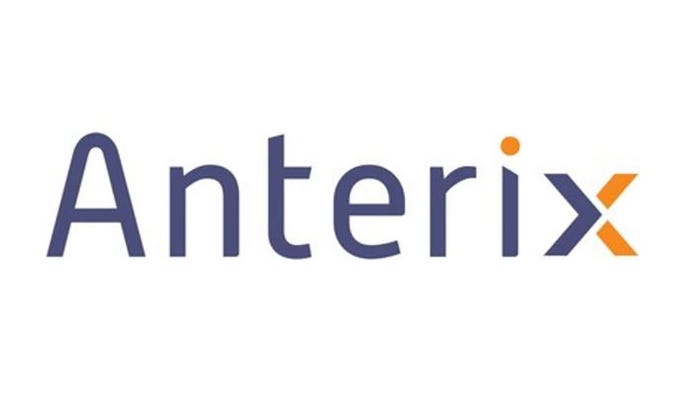Latest News
thumbnail
Critical Infrastructure
FCC proposes rules to expand 900 MHz broadband to 5x5 MHz
FCC proposes rules to expand 900 MHz broadband to 5x5 MHz
FCC commissioners last week approved proposed rules that would permit broadband-wireless operation on 900 MHz spectrum—much of which is licensed to Anterix—that supported only land-mobile-radio (LMR) communications less than six years ago.
Subscribe to receive Urgent Communications Newsletters
Catch up on the latest tech, media, and telecoms news from across the critical communications community
Partner Content
Google, NLC issue AI guide for city leaders
The National League of Cities and Google announced on Wednesday a report on how local governments can leverage artificial intelligence-driven technologies — and mitigate the risks they present.
Nov 17, 2024
|
1 Min Read
Tracking, Monitoring & ControlWith new leadership, NextNav and Anterix boast of 900MHz momentum
Nov 17, 2024
|
2 Min Read
Critical InfrastructureTrump 2.0 may mean fewer cybersecurity regs, shift in threats
Nov 16, 2024
|
3 Min Read





























